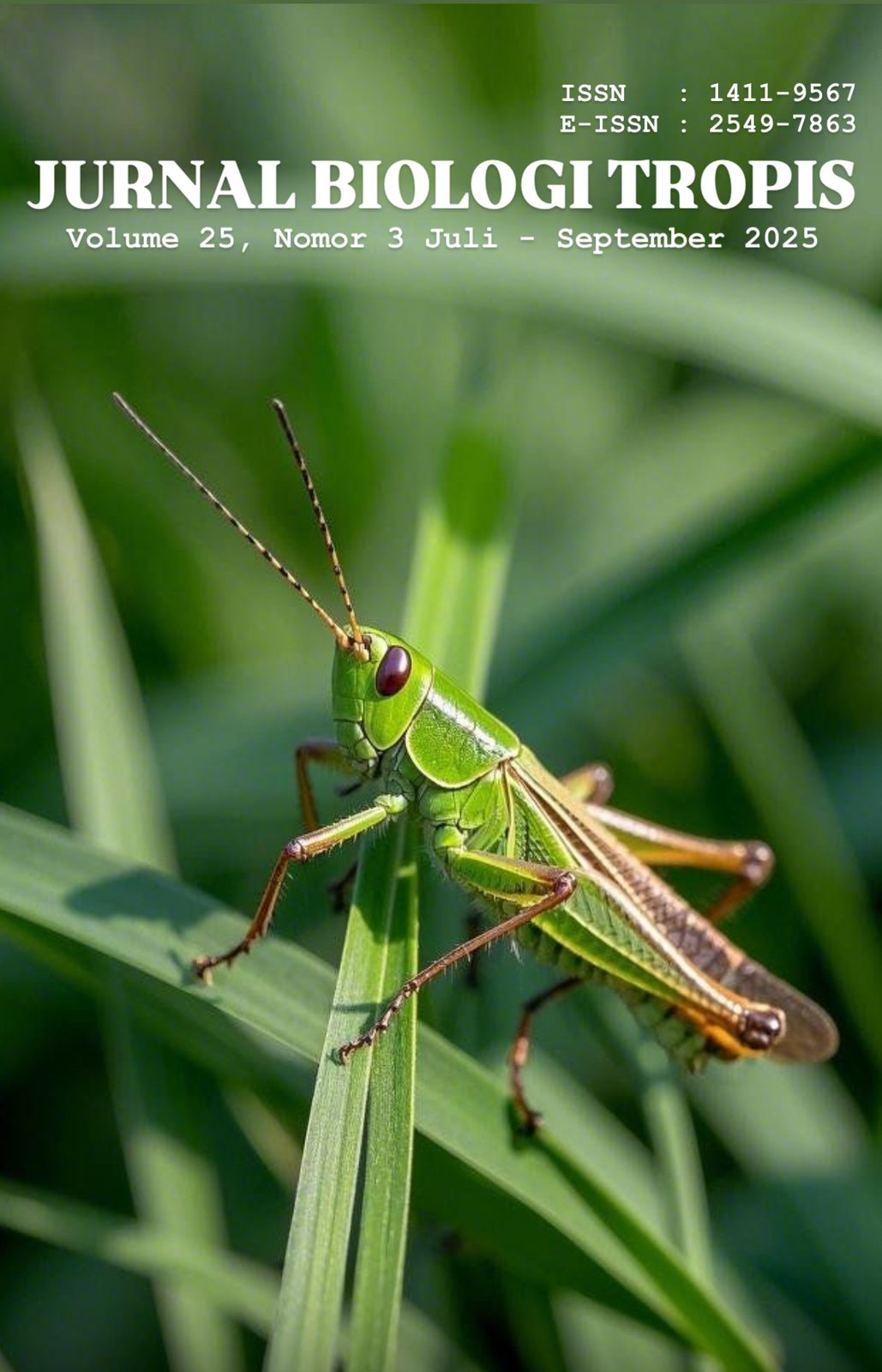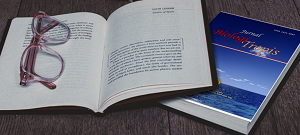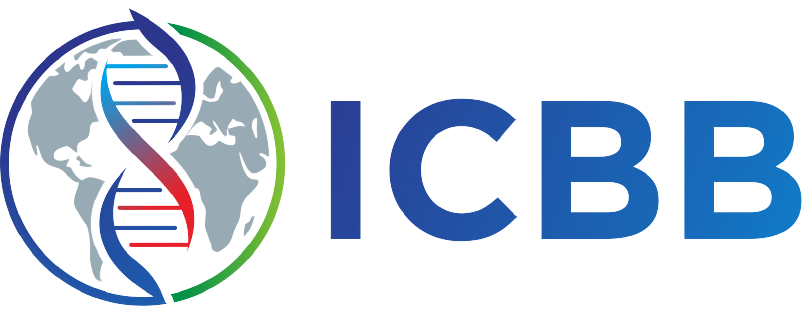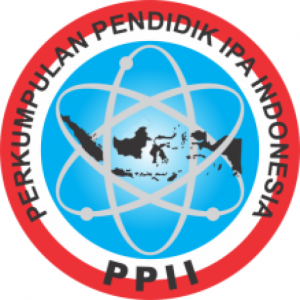Coral Community Structure at The Intertidal Zone of Serinting Beach Special Economic Zone (SEZ) of Mandalika
Authors
Yeni Ainiyawati , Imam Bachtiar , Eni SuyantriDOI:
10.29303/jbt.v25i3.9401Published:
2025-07-02Issue:
Vol. 25 No. 3 (2025): Juli-SeptemberKeywords:
Community structure, coral, intertidal zone, Serinting Beach, Mandalika SEZ.Articles
Downloads
How to Cite
Downloads
Metrics
Abstract
Serinting Beach is located within the Special Economic Zone of Mandalika, where ongoing massive tourism facility development may impact the intertidal coral communities. The intertidal zone of Serinting Beach is also a primary location for reef gleaning, which impacts corals in the intertidal area. Considering that corals are the foundational components of reef ecosystems, the prospective development of this designated super-priority tourism area may exert significant impacts on the intertidal coral communities. This investigation aimed to delineate the coral community structure within the intertidal zone of Serinting Beach, situated in the Mandalika Special Economic Zone (SEZ). Sampling was executed via the transect-quadrat method. Measured variables encompassed coral life forms, genera, families, and the respective colony counts. The study identified 323 coral colonies distributed among 17 genera and 9 families. Compositions of three predominant genera were Heliopora 25.39%, Favites 24.77%, and Porites 22.91%. The Faviidae family exhibited the highest compositional abundance, contributing 37.15%, followed by Helioporidae 25.39% and Poritidae 23.53%. Furthermore, eight distinct coral life forms were documented in the intertidal zone, with massive coral representing the predominant form at 35.60%, followed by coral encrusting 26.01%, and blue coral 25.39%. Ecological indices indicated a moderate level of coral diversity (H'=1.98), accompanied by an unstable evenness index (E=0.70) and a low dominance index (C=0.19).
References
Abdullah, R., Karlina, I., Kurniawan, D., Putra, R. D., & Mulyono, A. (2023). Variasi dan Komposisi Bentuk Pertumbuhan Karang (Life Form) di Perairan Bintan Timur. Indonesian Journal of Marine Science and Technology, 16(1), 70-79. DOI: https://doi.org/10.21107/jk.v16i1.15212
Bachtiar, I., Hakim, I. I. A., Japa, L., & Pradjoko, E. (2016). Kajian Potensi Dampak Pembangunan Danau di Distrik the Lagoon Terhadap Komunitas Cacing Nyale di Mandalika Resort: potensi Dampak dan Rekomendasi. Laporan Kemajuan Lembaga Penelitian Universitas Mataram untuk Indonesian Tourism Development Corporation (ITDC), 73.
Bachtiar, I., Suyantri, E., Lestari, T. A., & Ghafari, M. I. A. (2024). Intertidal Echinoderm Identification Keys for a Reef-Walking-Tour at Mandalika, Lombok Island, Indonesia. Biodiversitas Journal of Biological Diversity, 25(5), 1965-1974. DOI: https://doi.org/10.13057/biodiv/d250513
Begon, M., Colin, R. T., & John, H. (2006). Ecology: From Individuals to Ecosystems 4th Edition. Malden: Blackwell Publishing.
Bridge, T. C. L., Fabricius, K. E., Bongaerts, P., Wallace, C. C., Muir, P. R., Done, T. J., & Webster, J. M. (2012). Diversity of Scleractinia and Octocorallia in the Mesophotic Zone of the Great Barrier Reef, Australia. Coral Reefs, 31, 179-189. DOI: https://doi.org/10.1007/s00338-011-0828-1
Castro, P. and Huber, M. E. (2008). Marine Biology 7th Edition. New York: Mc Grow-Hill Higher Education.
Escobar-Vásquez, C., & Chávez, E. (2012). Coral Community Structure at Isla Lobos reef, Gulf of Mexico. In Proceedings of the 12th International Coral Reef Symposium, Cairns, Australia.
Fachrul, M. (2007). Metode Sampling Bioekologi. Jakarta: Bumi Aksara.
Fauziah, S., Komala, R., & Hadi, T. A. (2018). Struktur Komunitas Karang Keras (Bangsa Scleractinia) di Pulau yang Berada di Dalam dan di Luar Kawasan Taman Nasional Kepulauan Seribu. Bioma, 14(1), 10-18. DOI: https://doi.org/10.21009/Bioma14(1).6
Febrianti, L., Bachtiar, I., & Karnan. (2023). Diversity of Gastropods and Bivalvia Caught by Pemadak in the Intertidal Zone of Serinting Beach, Special Economic Zone Mandalika. Jurnal Biologi Tropis, 23(1), 81-89. http://dx.doi.org/10.29303/jbt.v23i4b.5921
Handayani, M., & Dewi, C. S. U. (2023). Ekosistem Terumbu Karang di Pantai Tawang, Kabupaten Pacitan. Journal of Marine Research, 12(4), 623-629. DOI: https://doi.org/10.14710/jmr.v12i4.38669
Husamah, Rohman, F., & Sutomo, H. (2016). Struktur Komunitas Collembola pada Tiga Tipe Habitat Sepanjang Daerah Aliran Sungai Brantas Hulu Kota Batu. Bioedukasi, 9(1). DOI: https://doi.org/10.20961/bioedukasi-uns.v9i1.3886
Huston, M. A. (1985). Patterns of Species Diversity on Coral Reefs. Annual Review of Ecology and Systematics, 16, 149-177. DOI: https://doi.org/10.1146/annurev.es.16.110185.001053
Jubaedah, I., & Anas, P. (2019). Dampak Pariwisata Bahari Terhadap Ekosistem Terumbu Karang di Perairan Nusa Penida, Bali. Jurnal Penyuluhan Perikanan dan Kelautan, 13(1), 59-75. DOI: https://doi.org/10.33378/jppik.v13i1.124
Karnan, Santoso, D., Japa, L., & Raksun, A. (2018). Makroalga di Daerah Intertidal Pulau Lombok Selatan. Jurnal Biologi Tropis , 18 (1), 109-121. DOI: https://doi.org/10.29303/jbt.v18i1.738
Lestari, L., Karnan & Bachtiar, I. (2023). Population Structure of Turbo Setosus and Strombus Labiatus Collected By Rads in The Intertidal Area of Serinting Beach Special Economic Zone (SEZ) Mandalika. Jurnal Biologi Tropis, 23(1), 90-95. DOI: https://doi.org/10.29303/jbt.v23i1.5920
Loy, N. (2020). Melancong ke Laut-Tata Kelola Pariwisata Maritim Indonesia. Jakarta: PT. Elex Media Komputindo.
Luthfi, O. M. (2003). Sebaran Spasial Karang Keras (Scleractinia) di Perairan Pulau Panjang, Jepara. (Skripsi Sarjana). Universitas Diponegoro, Semarang.
Luthfi, O. M., & Anugrah, P. T. (2017). Distribusi Karang Keras (Scleractinia) Sebagai Penyusun Utama Ekosistem Terumbu Karang di Gosong Karang Pakiman, Pulau Bawean. Jurnal Ilmu-Ilmu Perairan, Pesisir dan Perikanan, 6(1), 9-22. DOI: https://doi.org/10.13170/depik.6.1.5461
Martin-Garin, B., & Montaggioni, L. F. (2023). Corals and reefs: From the Beginning to an Uncertain Future. Swiss: Presses Universitaires de Provence 2020. DOI: https://doi.org/10.1007/978-3-031-16887-1
Nasution, M. A., & Munandar, M. (2018). Efisiensi Bioreeftek Sebagai Media Pertumbuhan Karang Di Pulau Rubiah Sabang. Jurnal Perikanan Tropis, 5(2), 207-215. DOI: https://doi.org/10.35308/jpt.v5i2.1040
Munasik, M., & Siringoringo, R. M. (2011). Struktur Komunitas Karang Keras (Scleractinia) di Perairan Pulau Marabatuan dan Pulau Matasirih, Kalimantan Selatan. Ilmu Kelautan: Indonesian Journal of Marine Sciences, 16(1), 49-58. DOI: https://doi.org/10.14710/ik.ijms.16.1.49-58
Nurhaliza, S., Muhlis, M., Bachtiar, I., & Santoso, D. (2019). Struktur Komunitas Karang Keras (Scleractinia) di Zona Intertidal Pantai Mandalika Lombok Tengah. Jurnal Biologi Tropis, 19(2), 302-308. DOI: https://doi.org/10.29303/jbt.v19i2.1390
Odum, E. P. (1993). Dasar-dasar Ekologi. Terjemahan Tjahjojo Samingan. Edisi Ketiga. Yogyakarta: Gadjah Mada University Press.
Putra, A., Nurma, N., Rauf, A., Yusuf, K., Larasati, R. F., Hawati, H., ... & Nurlaela, E. (2022). Identifikasi Bentuk Pertumbuhan Karang Keras (Hard Coral) di Perairan Pulau Jinato Kawasan Taman Nasional Taka Bonerate, Kepulauan Selayar. Fisheries of Wallacea Journal, 3(1), 1-13. DOI: https://doi.org/10.55113/fwj.v3i1.997
Putri, S. E. (2020). Keanekaragaman Genera Karang Keras (Scleractinia) sebagai Penyusun Utama Terumbu Karang di Pantai Bangsring, Banyuwangi. (Skripsi Sarjana), Universitas Brawijaya.
Puryono, S., Anggoro, S., Suryanti, S., & Anwar, I. S. (2019). Pengelolaan Pesisir dan Laut Berbasis Ekosistem. Semarang: Badan Penerbit Universitas Diponegoro.
Quibilan, M., & Aliño, P. M. (2006). Coral Community Structure of Western Philippine Reefs I: Spatial Patterns. In Proceedings of the 10th International Coral Reef Symposium, 341-350. DOI: https://doi.org/10.1007/00338D023D02391D7.
Rahadian, A. P. (2012). Struktur Komunitas Foraminifera Di Sekitar Perairan Pulau Kelapa dan Pulau Harapan Kepulauan Seribu. (Skripsi Sarjana), Institut Pertanian Bogor.
Rahmadita, V. (2016). Distribusi Frekuensi Luasan Karang Keras (Scleractinia) Berdasarkan Bentuk Pertumbuhan Karang (Life Form) di Perairan Sendang Biru, Kabupaten Malang (Skripsi Sarjana), Universitas Brawijaya.
Ramadhan, R., Mamahit, D. A., Yurianto, M., Widodo, P., Risma, H. J., & Suwarno, P. (2023). Strategi Pengembangan Hutan Mangrove Dan Restorasi Terumbu Karang Dalam Pengelolaan Wisata Bahari Guna Mendukung Keamanan Maritim Di Banyuwangi Indonesia. Nusantara: Jurnal Ilmu Pengetahuan Sosial, 10(11), 4914-4927. DOI: http://dx.doi.org/10.31604/jips.v10i11.2023.4914-4927
Ramdani, Z. A. (2020). Peran Pemerintah Dalam Pengembangan Kawasan Ekonomi Khusus Mandalika Provinsi Nusa Tenggara Barat. Jurnal Planoearth, 5(1), 1-6. DOI: https://doi.org/10.31764/jpe.v5i1.1639
Rezi, H. P. (2016). Kondisi, Komposisi dan Struktur Komunitas Karang (scleractinia) di Ekosistem Terumbu Karang Pulau Kasiak Gadang Lubuk Begalung Kota Padang (Skripsi Sarjana), Universitas Andalas.
Segal, B., & Castro, C. B. (2011). Coral Community Structure and Sedimentation at Different Distances From the Coast of the Abrolhos Bank, Brazil. Brazilian Journal of Oceanography, 59, 119-129. DOI: http://dx.doi.org/10.1590/S1679-87592011000200001
Sirait, M., Rahmatia, F., & Pattulloh, P. (2018). Komparasi Indeks Keanekaragaman dan Indeks Dominansi Fitoplankton di Sungai Ciliwung Jakarta (Comparison Of Diversity Index And Dominant Index Of Phytoplankton At Ciliwung River Jakarta). Jurnal Kelautan: Indonesian Journal of Marine Science and Technology, 11(1), 75-79. DOI: https://doi.org/10.21107/jk.v11i1.3338
Souhoka, J. (2016). Struktur Komunitas Karang Jamur (Fungiidae) di Perairan Pulau Haruku, Kabupaten Maluku Tengah. Biota: Jurnal Ilmiah Ilmu-Ilmu Hayati, 1(2), 51-61. DOI: https://doi.org/10.24002/biota.v1i2.991
Toda, T., Okashita, T., Maekawa, T., Alfian, B. A. A. K., Rajuddin, M. K. M., Nakajima, R., Chen, W., Takahashi, K. T., Othman, B. H. R., & Terazaki, M. (2007). Community Structures of Coral Reefs Around Peninsular Malaysia. Journal of Oceanography, 63, 113-123. DOI: http://dx.doi.org/10.1007/s10872-007-0009-6
Wallace, K. J. (2012). Values: drivers for planning biodiversity management. Environmental Science & Policy, 17, 1-11. DOI: https://doi.org/10.1016/j.envsci.2011.12.001
Wolstenholme, J., Dinesen, Z. D., & Alderslade, P. (1997). Hard corals of the Darwin region, Northern Territory, Australia. In Proceedings of the Sixth International Marine Biological Workshop: The Marine Flora and Fauna of Darwin Harbour, Northern Territory, Australia (pp. 381-398).
License
Copyright (c) 2025 Yeni Ainiyawati, Imam Bachtiar, Eni Suyantri

This work is licensed under a Creative Commons Attribution 4.0 International License.

Jurnal Biologi Tropis is licensed under a Creative Commons Attribution 4.0 International License.
The copyright of the received article shall be assigned to the author as the owner of the paper. The intended copyright includes the right to publish the article in various forms (including reprints). The journal maintains the publishing rights to the published articles.
Authors are permitted to disseminate published articles by sharing the link/DOI of the article at the journal. Authors are allowed to use their articles for any legal purposes deemed necessary without written permission from the journal with an acknowledgment of initial publication to this journal.


























